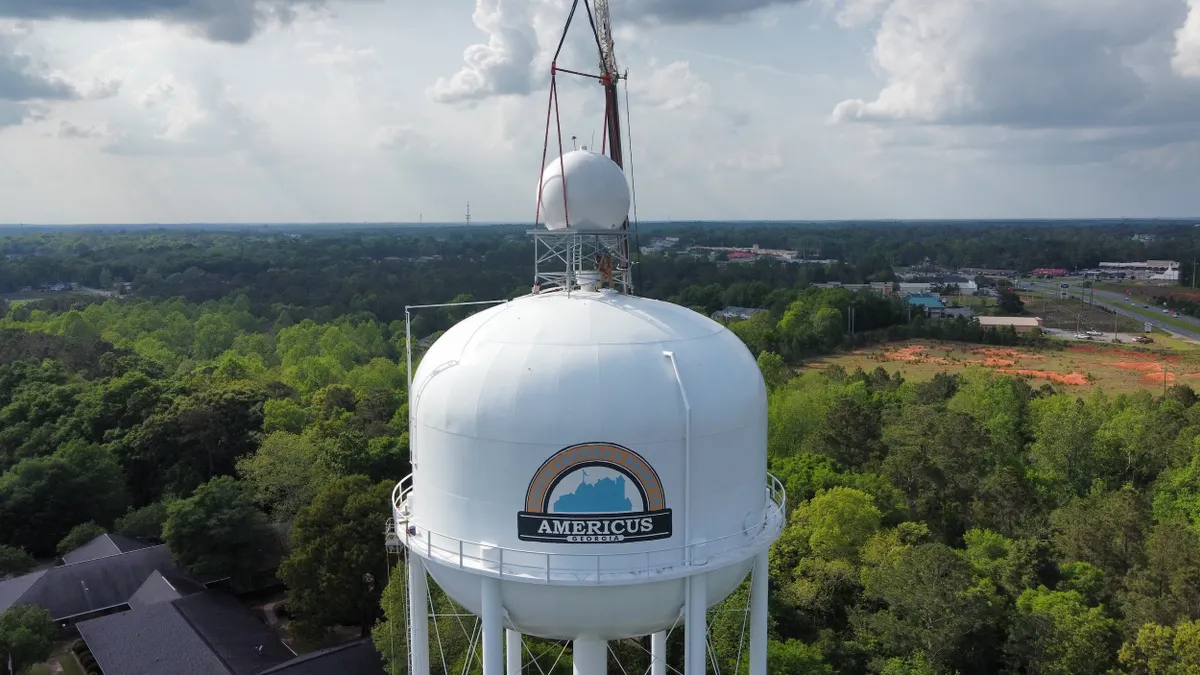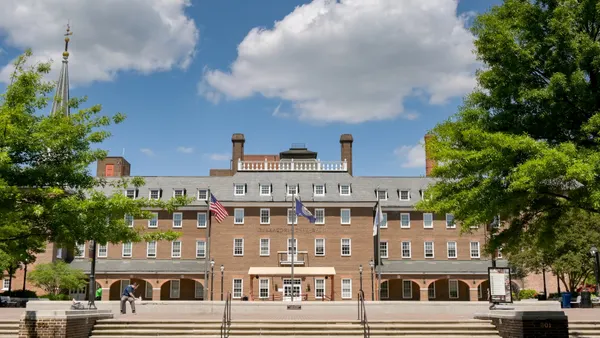Every day, more than 700 water main breaks happen across the United States. These failures waste an estimated 6 billion gallons of treated water daily — enough to fill more than 9,000 Olympic-sized swimming pools. Beneath streets and buildings across the country lies a two-million-mile nationwide network of aging water infrastructure, much of it laid after World War II and now reaching the end of its intended 75-year lifespan.
The scope of the problem is staggering. The American Society of Civil Engineers (ASCE) reports that the United States drinking water system leaks approximately 2 trillion gallons of purified water each year, costing municipalities around $8 billion annually. The ASCE’s 2025 “Comprehensive Assessment of America's Infrastructure” report identified a need for $99 billion to fund renewals of wastewater treatment and stormwater systems and the Environmental Protection Agency (EPA) estimates a $625 billion investment is needed over the next 20 years to service aging drinking water infrastructure.
That’s a costly truth. When treated water is lost before reaching homes and businesses, utilities absorb the cost, leaving little room for infrastructure upgrades and forcing water utilities to increase consumer rates, putting added pressure on households and businesses alike.
The ripple effects are far-reaching. Aging water infrastructure not only strains municipal budgets but also limits economic growth. In states across the country, development projects are stalled by outdated systems that can’t support new demands. Underground assets make these issues especially difficult to detect until they become emergency-level failures, causing service disruptions, property damage and environmental harm.
The path forward demands more than patchwork fixes — it calls for smarter, more strategic investments in monitoring and management. Innovative solutions like Oldcastle Infrastructure’s CivilSense™ are stepping up to the challenge. CivilSense™ provides a data-driven approach to sustainable water management that leverages cutting-edge technologies backed by more than 60 years of expertise and experience. By integrating AI-powered data analysis with field inspections, utilities can identify and prioritize leaks, streamline repairs and make informed decisions that reduce costs and improve service reliability.
Water management leaders now have a choice that pushes asset management far beyond the options that existed even as recently as last year. A recent example of how city leaders proactively addressed the issues of leaks and aging infrastructure is Bartow County, GA, about 50 miles northwest of Atlanta.
“We were mostly fixing leaks instead of finding them, and that was a costly way to address an ongoing problem,” said Lamont Kiser, director of Bartow County Water, who worked with Oldcastle Infrastructure experts to address complex water issues for a system that serves about 26,000 customers nearly 8 million gallons of water daily through about 800 miles of pipe. “We were at the point where our leaks were so bad we just had to fix them without proactively trying to predict and find potential leaks.”
“It was past time to see what we were actually dealing with here.”
The intelligent infrastructure management now available enables municipalities to move from reactive maintenance to proactive planning. As the saying goes, an ounce of prevention is worth a pound of cure. It’s not just about fixing pipes, it’s about building resilient systems that serve communities now and into the future.
There’s no doubt that the price tag for renewing our aging water infrastructure is steep. But the cost of inaction is even higher. Through innovative technologies and strategic investments, cities can reduce water loss, ease financial pressure and unlock the potential for economic growth. The future of water management lies in solutions that are not only smart but also proactive, accurate and efficient.
As Director of Commercial Excellence at Oldcastle Infrastructure, Peter Delgado is an expert on modern, efficient management of innovative water solutions that address aging infrastructure and water scarcity. He leads Oldcastle Infrastructure teams to help municipal leaders solve water loss from aging infrastructure, inefficiencies, theft and leaks.










